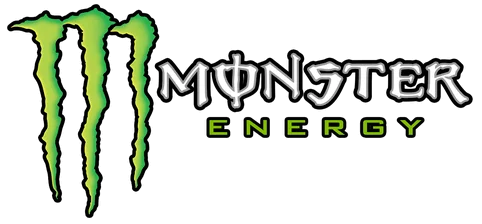
Species Spotlight: Red Grouper
Share

For those venturing into offshore angling with the aim of catching dinner on the West Coast of Florida, red grouper stands out as a prime target. Freshly cut bait or frozen sardines are often more effective than even the liveliest baits. Nonetheless, having some larger, live pinfish on hand is wise to entice the remaining cautious fish from a spot. A typical approach involves primarily using dead bait until the activity dwindles, then introducing one or two live baits to tempt any particularly selective reds that may have been attracted to the commotion.
When the afternoon conditions are calm, drifting slowly becomes possible, allowing you to effectively target a larger area of the bottom. This tactic is particularly productive for red grouper, which tend to inhabit expansive patches of hardbottom. While drifting, it’s essential to use sufficient weight to keep the bait near the bottom. In waters shallower than 100 feet, 6 to 8 ounces of weight usually suffices. Additionally, it’s crucial to hook the bait to prevent it from spinning as it descends or drifts. If the bait “helicopters” go through the water, it becomes ineffective and risks twisting the line. Cutting the bait into streamlined shapes and positioning the hook at one end facilitates tangle-free presentations and lends a more natural appearance as it traverses the bottom.
Red grouper are easily distinguishable by their coloration and their spiny dorsal fin’s distinct, straight line. It lacks notches and features a long second spine and an unnotched membrane. Unlike most epinepheline groupers, which possess a notched dorsal spine membrane and a third spine longer than the second, the red grouper sports a deep brownish-red hue, occasionally decorated with white spots on the sides. The red grouper’s closest relative is the Nassau grouper, Epinephelus striatus, which is characterized by several vertical bars and blotches and is predominantly found on coral reefs in the West Indies.
Red grouper are found from North Carolina to Brazil, including the Gulf of Mexico and the Caribbean. They are most plentiful along Florida’s east and west coasts and throughout the Gulf of Mexico. Their habitats include ledges, crevices, caverns of rocky limestone reefs, and lower-profile, live-bottom areas. Red grouper exhibit protogynous hermaphroditism, with females capable of reproduction at four years of age. Spawning typically occurs from March to July, with females releasing an average of 1.5 million pelagic eggs that remain at the surface for 30-40 days before settling to the bottom. Red grouper can reach a maximum age of 25 years, with older specimens growing up to 32.5 inches in length and weighing up to 25 pounds. Their preferred prey includes crabs, shrimp, lobster, octopus, squid, and fish dwelling close to reefs.
Red grouper are among the ten grouper species encompassed in the shallow water grouper complex, which can sometimes pose challenges in differentiation.
APPEARANCE:
- Body color: Brownish-red
- Tiny black dots on snout
- Mouth lined in scarlet-orange color
- Irregular white blotches on sides
- Long second spine of dorsal fin
- Pectoral fins longer than pelvic fins
- No large black spot on caudal peduncle
SIMILAR SPECIES:
- Nassau grouper, E. striatus (large black spot on caudal peduncle)
SIZE:
- Up to 42 inches (50 pounds); common size: 20 inches (15 pounds)
HABITAT:
- Bottom-dwelling over hard and muddy bottoms
- Juveniles found offshore with adults over 6 years old
- Fish aged 1 to 6 occupy nearshore reefs
BEHAVIOR:
- Spawn in April and May
- Prefer water temperatures between 66 and 77 degrees F
- Undergo sex reversal: young females become males as they age
- Lifespan of at least 25 years
- Feed on various fishes and invertebrates



